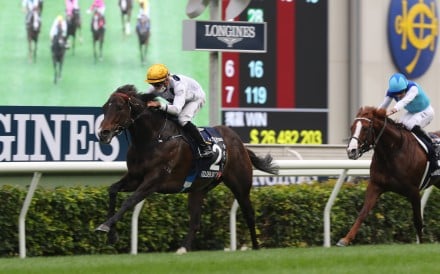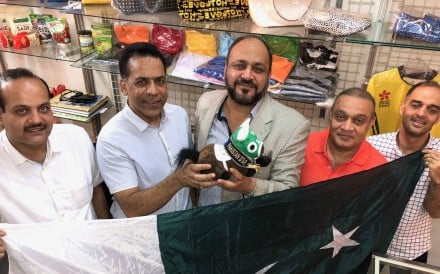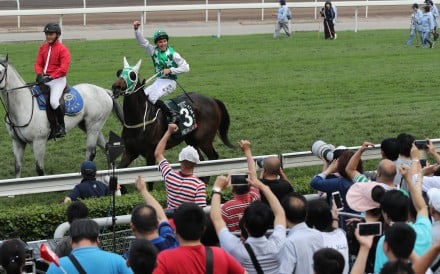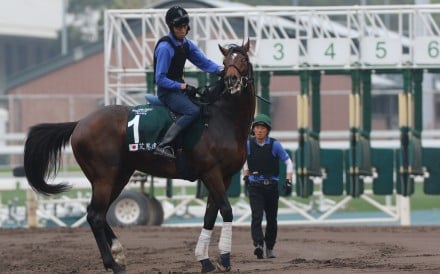Plenty has changed at the Hong Kong Jockey Club since 2001 – officials have presided over a re-emergence of a wagering and racing giant as betting turnover steadily climbs back to boom time levels. One thing that hasn’t changed much is the prize money for the Audemars Piguet QE II Cup, stagnant as the stakes continue to rise on the competitive international racing scene.
The QE II Cup remains a quality race and this year’s edition is a vintage renewal. This is Hong Kong’s spring classic at its best – a strong group of local middle distance runners, including the reigning Horse of the Year and defending champion Military Attack (but sadly without Akeed Mofeed) and a great Hong Kong Derby winner Designs On Rome in his first true test against older horses, up against a handy group of international raiders.
In 2001 – the first year the QE II was elevated to international Group One status – German champion Silvano triumphed in a HK$10 million race. On Sunday, just $4m more will be in the kitty at Sha Tin.
Admittedly, the purse is 40 per cent more than in 2001, and – as the Jockey Club website points out – it is “280 times” more than the HK$50,000 that was on offer in 1975 when the Queen was on hand to award the trophy to the owners of Nazakat. But there is still mounting criticism from trainers that the spoils filling the Jockey Club’s coffers are not being matched in returns to owners – particular in the blue riband events.

The prize money increases for the region’s biggest middle distance races – particularly amidst an increasingly congested international calendar – has put even more pressure on the club to consider some changes of its own.
Sheikh Mohammed has gone to the well once again – one of the boosts is bumping next year’s Dubai Duty Free prize money from US$5million (HK$38.8million) to $6 million (HK$46.5 million) on World Cup night in late March. That’s a 1,800m turf race that acts as a key lead up to the QE II. To save you the calculations, the Dubai Duty Free, which sounds like somewhere to buy cheap cigarettes and whisky, is now well over three times what is on offer at Sha Tin on Sunday.
Down south in Australia, Sydney’s inaugural “The Championships” was bolstered by more than AU$18 million in prizes over two days of racing.
The key increase there from a QE II perspective was the increase of the race’s near namesake, the Queen Elizabeth Stakes, which was run last Saturday. The race was lifted from a mere AU$500,000 (HK$3.6million) to AU$4 million (HK$29million), making it the richest 2,000m turf race in the world and twice the prize of the QE II.

An argument can be made that an extra HK$2 million, or HK$5 million, or even HK$10 million doesn’t attract any extra – or better – visiting horses to Hong Kong; the same field would turn up whether it is worth HK$16 million or HK$20 million.
Maybe that is true – the extra coin certainly didn’t help Racing NSW attract much interest, with no international runner in the flagship race – although they were hamstrung by time limitations and Australia’s tough quarantine laws. There’s also the fact that Dubai’s prize money is at the decree of its ruler, and that could all easily change on that individual’s whim.
Australia’s money is dependent on a democratically elected government’s handout, which presents problems of its own. Will the money be there next year now that the state premier, a friend of the Racing NSW regime, was unceremoniously deposed between race meetings? And is the new fangled carnival a flash in the pan idea destined to go the way of many other “new” ideas in racing?
So setting prize money levels for big races isn’t all about keeping up with the Joneses, but given the calibre of horseflesh on show this weekend, surely there’s some left in the HKJC account to give it the stature it deserves.



















